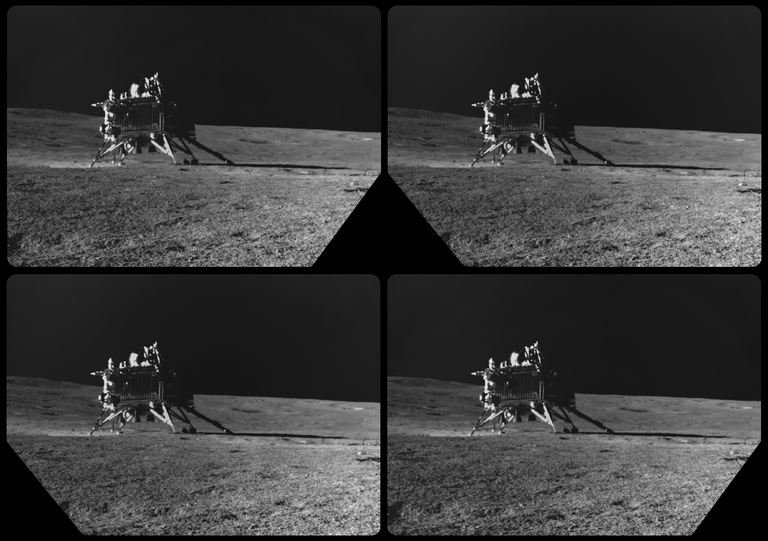They find evidence of an ocean of magma on the Moon at the South Pole.

Chandrayaan, the 3-mission Vikram module, has confirmed that one year after its arrival at the Lunar South Pole, the area was covered by an ocean of magma. This reinforces the theory that the surface of the Moon was formed by magma. The research has been published in the journal Nature, in Donostia-San Sebastián.
In particular, scientists estimate that about 4.5 billion years ago, the Moon began to cool down, and when it got cold, a mineral called a ferrous anotosite emerged. Also, heavier materials would sink and form a cloak. The Pragyaan vehicle, transported by the Vikram module, took a 10-day tour of the South Pole. On this road, he performed 23 measurements with an alpha particle X-ray spectrometer (APXS). Through it, the minerals on the surface of the Moon have been identified and it has been confirmed that, for the most part, it is composed of ferrous anotosite.
In addition, magnesium has also been found. According to the researchers, its origin lies in the collision of a meteorite, which has caused several injuries. Aitken’s crater, caused by a meteorite, is nearby, so it is very likely that due to the impact, magnesium has been extracted under the skin.
Finally, the skin composition of the South Pole is part of the measurements previously performed by the Apollo 16 and Moon-20 missions near the equator. All the data coincides with the magmatic ocean theory.
Buletina
Bidali zure helbide elektronikoa eta jaso asteroko buletina zure sarrera-ontzian











